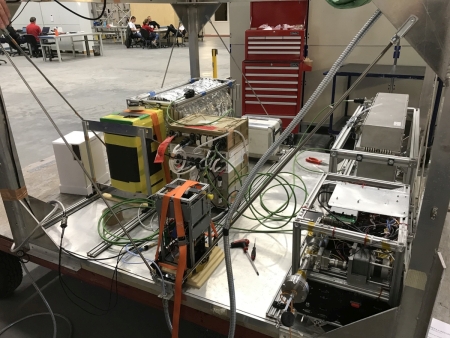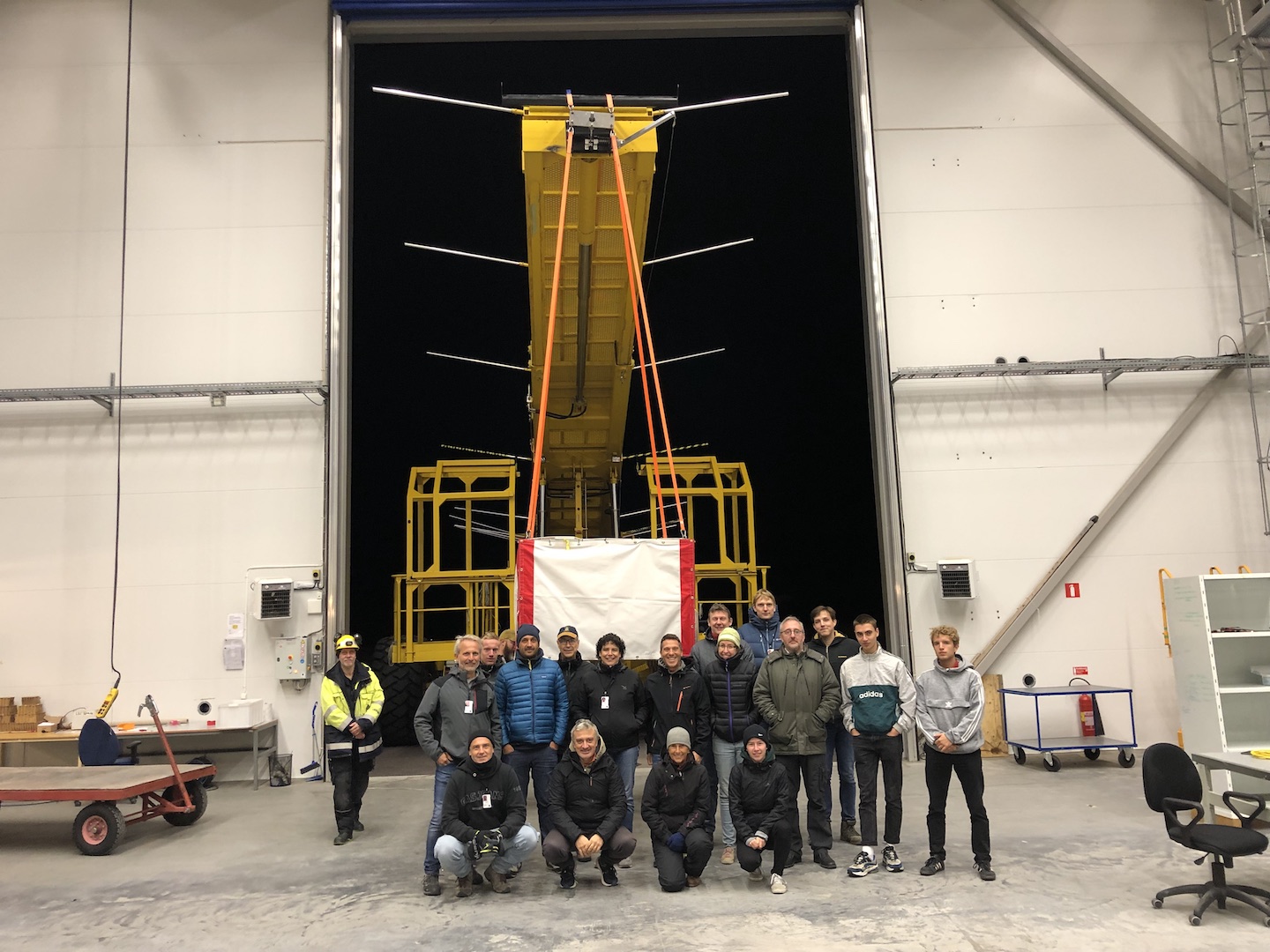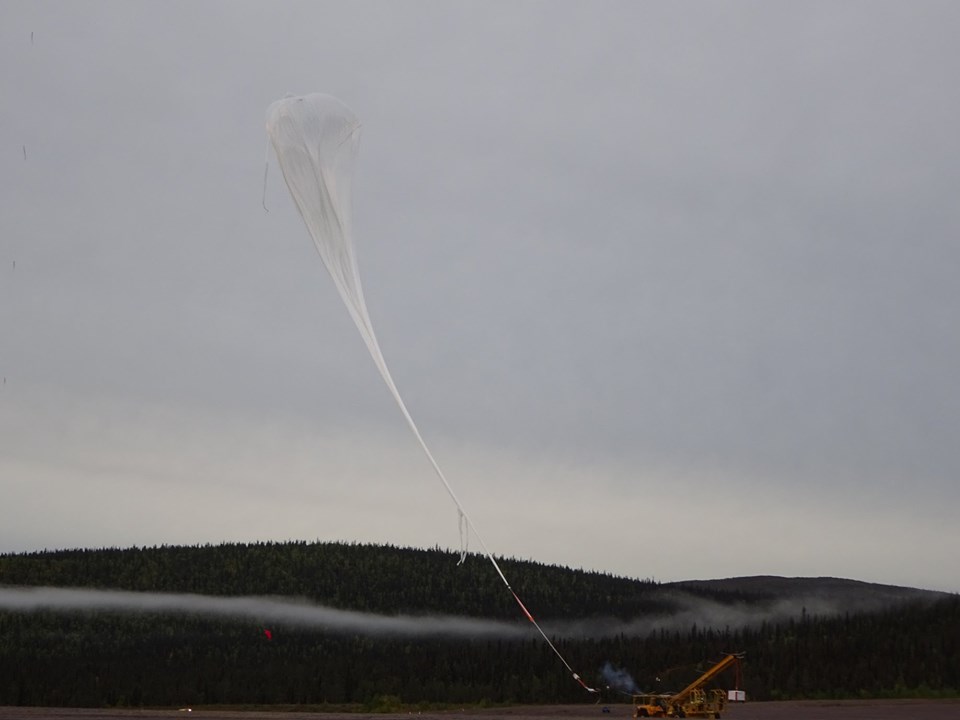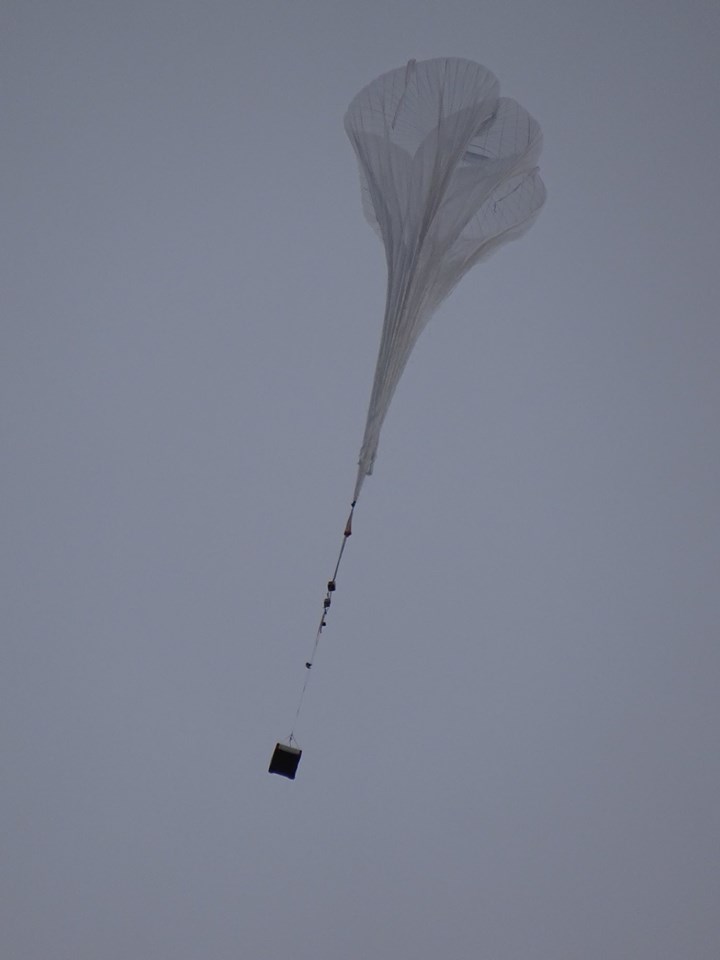Purpose of the flight and payload description
HEMERA is a Research Infrastructure funded by the Horizon 2020 framework Programme of the European Union which integrates a large starting community in the field of tropospheric and stratospheric balloon-borne research, to make existing balloon facilities available to all scientific teams in the European Union, Canada and associated countries. The complementary of the HEMERA members capabilities in the field of balloon systems and operations will offer an easy and enhanced service to the scientific community. A wide range of scientific and technical themes are addressed, such as astronomy, atmospheric physics and chemistry, climate research, fundamental physics, biology, space research and technology.
The HEMERA project sets up a large consortium dealing with balloon-borne research, that will encompass 13 partners from seven countries including space agencies, balloon companies and scientists from the atmospheric sciences, astronomy and astrophysics communities.
In this programme, six zero pressure balloon flight campaigns and several smaller sounding balloon flights are foreseen from mid-2019 to late 2021.
This was the first balloon launch performed under the initiative.
The payload was composed by four different experiments which were acomodated in a "Octogon" gondola similar to the one used for the BEXUS student program. The experiments that were part of this first flight were:
STRAINS 2.0 (STratospheric RAdiation INStruments) developed by Sint-Pieterscollege Jette, from Belgium with the goal of investigate the amount, direction, energy and (if possible) origin of gamma photons in the upper atmosphere.
Pico Lidar and Infrared spectrometer designed at CNR-INO National Institute of Optics, Florence, Italy aimed to measure trace gases and aerosols in the stratosphere for climate change analysis.
DUSTER (Dust in the Upper Stratosphere Tracking Experiment and Return) developed at the Institute of Astrophysics and Planetology of National Institute of Astrophysics, Rome, Italy is aimed to collect atmospheric aerosol particles, and their retrieval for laboratory analyses. Both terrestrial and extraterrestrial particles are expected, the latter including interplanetary and interstellar dust particles.
Fik 4 developed at the Nuclear Physics Institute of the Czech Academy of Sciences, Czech is aimed to measure cosmic radiation.
Details of the balloon flight
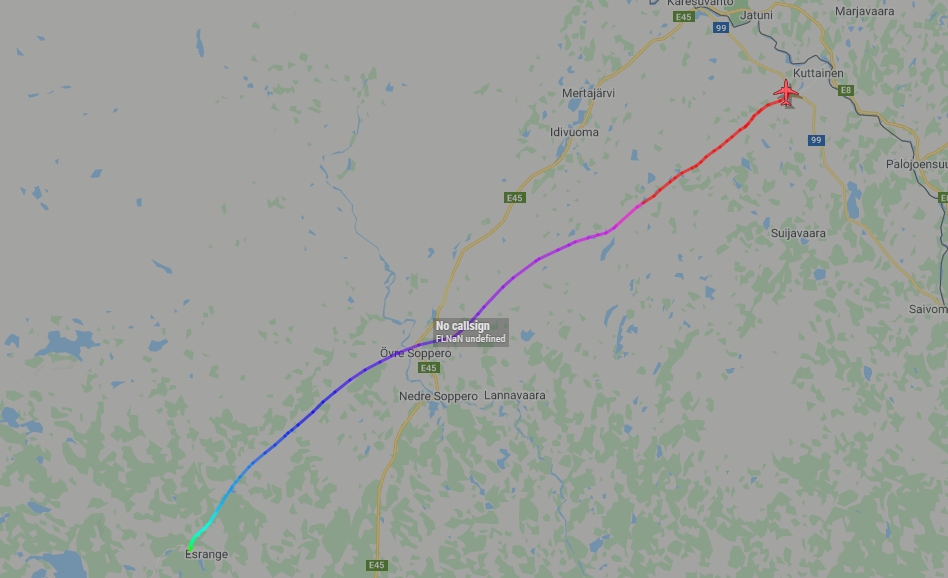
Balloon launched on: 9/5/2019 at 4:22 utc
Launch site: European Space Range, Kiruna, Sweden
Balloon launched by: Swedish Space Corporation (SSC)
Balloon manufacturer/size/composition: Zero Pressure Balloon model 150z Airstar 150.000 m3
End of flight (L for landing time, W for last contact, otherwise termination time): 9/5/2019
Balloon flight duration (F: time at float only, otherwise total flight time in d:days / h:hours or m:minutes - ): 12 h 32 m
Landing site: In Finland
External references
- HEMERA website
15205If you consider this website interesting or useful, you can help me to keep it up and running with a small donation to cover the operational costs. Just the equivalent of the price of a cup of coffee helps a lot.

